Economic inequality and poverty : Facts, methods, and policies / Nanak Kakwani, Hyun H. Son. [electronic resource]
By: Kakwani, Nanak [author.].
Contributor(s): Son, Hyun H [author.].
Material type: TextPublisher: Oxford, United Kingdom : Oxford University Press, 2022Description: e-book contains 516 pages.ISBN: 9780191955266.Subject(s): Income distribution -- Mathematical models | Equality -- Economic aspects | Poverty -- Economic aspects | Income distribution | Income distribution -- Mathematical models | Economic Development | Economic GrowthDDC classification: 339.2 Online resources: https://academic.oup.com/book/44168 Click here
TextPublisher: Oxford, United Kingdom : Oxford University Press, 2022Description: e-book contains 516 pages.ISBN: 9780191955266.Subject(s): Income distribution -- Mathematical models | Equality -- Economic aspects | Poverty -- Economic aspects | Income distribution | Income distribution -- Mathematical models | Economic Development | Economic GrowthDDC classification: 339.2 Online resources: https://academic.oup.com/book/44168 Click here | Item type | Current location | Collection | Call number | Status | Date due | Barcode |
|---|---|---|---|---|---|---|
 E-Book
E-Book
|
WWW | Non-fiction | 339.2 KAK/E (Browse shelf) | Available | EB768 |
Browsing Central Library Shelves , Collection code: Non-fiction Close shelf browser
| 338.9 CHA/E Environmental sustainability, growth trajectory and gender: | 338.9 CON Confronting inequality: | 338.90091724 DAS/O Optimum size of government intervention: | 339.2 KAK/E Economic inequality and poverty : | 341.52 SAM/P The politics of dialogue : | 345.73025336 VOG/S Sorting sexualities: | 351.4 KAP/P Public Institutions in India: |
Includes bibliographical references (pages [480]-491) and indexes.
1 Introduction -- 2 Income distributions -- 3 The Lorenz curve and its variants -- 4 Welfare ranking of income distributions -- 5 Measurement of income inequality -- 6 Specifying poverty lines -- 7 Poverty measures -- 8 Multi-dimensional poverty -- 9 The concentration curves -- 10 Applications of concentration curves to economic analysis -- 11 Tax progressivity and redistribution effect of taxes -- 12 Normative measures of tax progressivity -- 13 Negative income tax plans -- 14 Targeting tools to evaluate social programs -- 15 Social price indices and inequality -- 16 Poverty price indices -- 17 Economic growth and poverty -- 18 Pro-poor growth.
Abstract
Over the past 50 years, economic inequality and poverty have become central to public debates. The literature on economic inequality and poverty has been vastly expanded to develop new methods and generate new applications. This book provides a rigorous analysis of inequality and poverty, focusing on how income inequality and poverty measurements have evolved in the past 50 years. It has also attempted to resolve some of the controversies. The book’s primary focus is on analyzing the relationships among individuals’ or households’ distributions of economic variables. These relationships are crucial in understanding various economic phenomena. The book has developed many new techniques and provided policy applications using those techniques. It has utilized household surveys to illustrate the applications of methods, showing how they can help draw evidence-based policy conclusions. Provided by publisher.






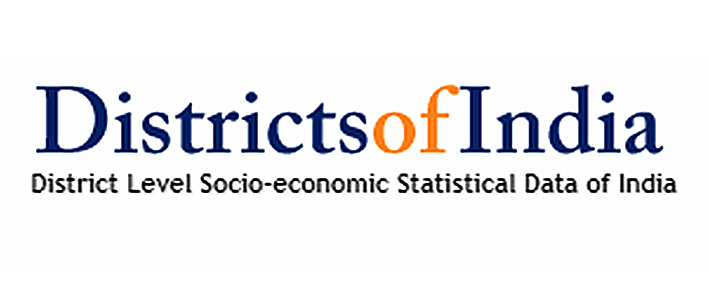
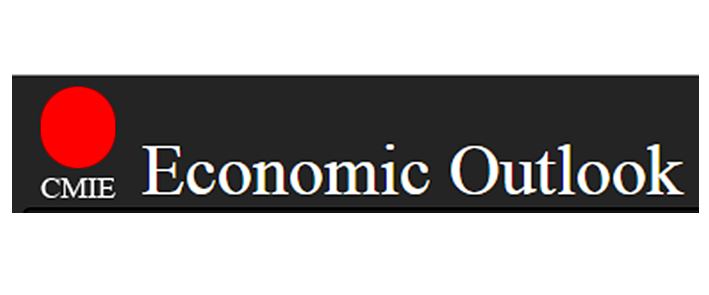
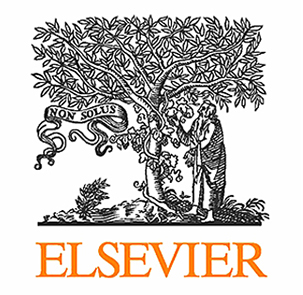


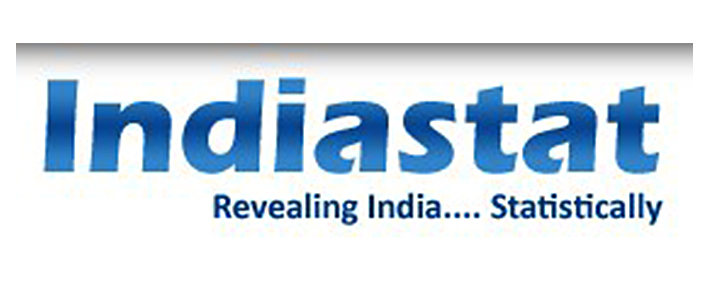





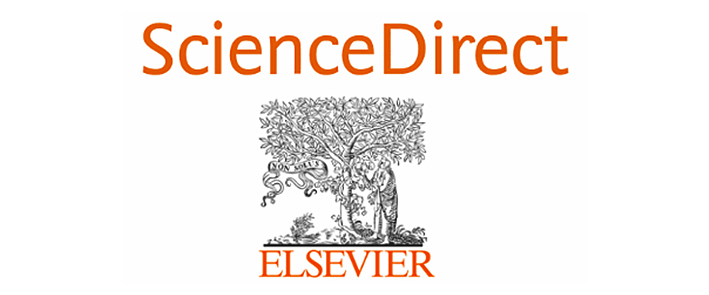


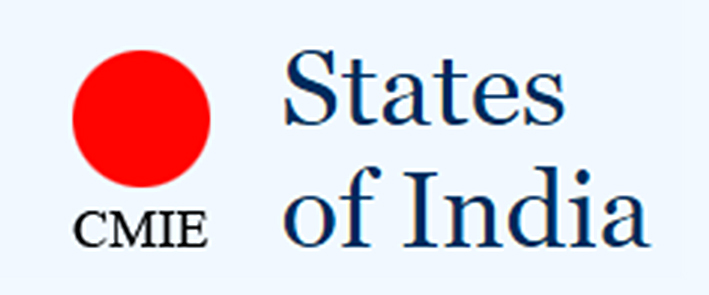



There are no comments for this item.